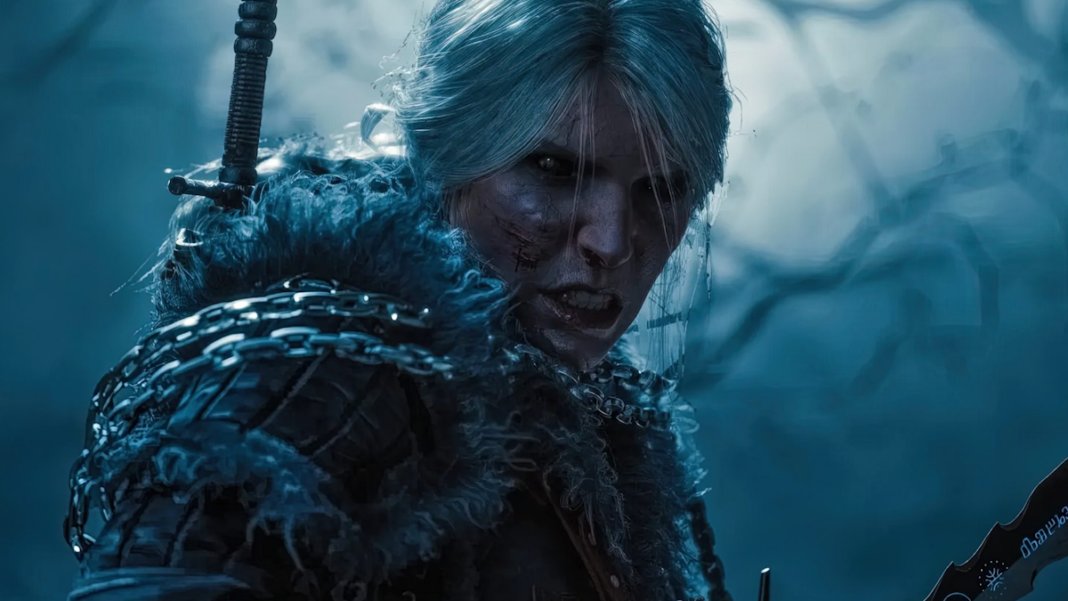Following the reveal of The Witcher 4 at the 2024 Game Awards, CD Projekt RED has engaged fans with insights about the game’s bestiary and level design. The Bauk, a creature from Serbian folklore, exemplifies the series’ evolution, representing both external threats and inner demons. Emphasizing meaningful interactions, the game promises a focused world with significant NPCs, aiming for a thoughtful narrative that blends personal themes with the beloved romantic elements of the saga.
Unveiling the World of The Witcher 4
Following the reveal of the first official cinematic for The Witcher 4 at the 2024 Game Awards, CD Projekt RED, the renowned Polish studio, has been actively engaging with fans through various interviews. These discussions aim to provide a clearer picture of what players can anticipate from this eagerly awaited fourth chapter of the legendary saga. Recently, the conversation has shifted towards the game’s bestiary and innovative level design.
Redefining Monsters in The Witcher Universe
In a captivating interview on Parris’ YouTube channel, an American YouTuber associated with the GamerTag podcast, Game Director Sebastian Kalemba and Executive Producer Gosia Mitręga shared intriguing insights about The Witcher 4. Spanning nearly twenty minutes, this dialogue unveiled exciting details about the game, particularly its bestiary.
One of the most chilling creatures introduced is the Bauk, inspired by Serbian folklore. Its presence in the game is designed to be unsettling, manifesting infrequently while exploiting players’ fears during encounters. Kalemba emphasized that the concept of a ‘monster’ has evolved significantly throughout The Witcher series. Initially, players faced literal monsters, but the narrative has expanded to explore the monstrosity within humanity, revealing that human beings can embody a greater darkness than traditional monsters.
In The Witcher 4, players will confront more than just external threats; they will grapple with their inner demons. The journey to confront these personal fears will require players to delve deep within themselves. Only by identifying these inner struggles can they confront and overcome them.
The Bauk, as depicted in Serbian lore, embodies this concept—it is a creature that takes on an animal form, lurking in the shadows, waiting to exploit its victims’ vulnerabilities. Here, the shadow symbolizes your inner turmoil, and it falls upon you to investigate and confront this growing menace.
Crafting Meaningful Worlds
In addition to character development, the level design of The Witcher 4 was also a focal point of discussion. Many RPG enthusiasts have expressed fatigue towards vast open worlds that lack substance, often filled with mundane elements.
CD Projekt RED has made it clear that The Witcher 4 will feature a world comparable in size to that of The Witcher 3. However, the studio reassures players that it will not be a sprawling landscape devoid of purpose. Each non-playable character (NPC) will hold genuine significance and depth, suggesting a more focused world than what some recent RPGs have presented. This approach may resonate positively with players who value meaningful interactions over sheer size.
By delving into darker, more personal themes through the Bauk’s symbolism, CD Projekt RED appears poised to deliver a nuanced and engaging narrative. Players may find themselves reflecting on the metaphorical themes explored in the game. While The Witcher 4 will indeed feature an open world, it aims to do so in a more thoughtful and cohesive manner compared to its predecessors, potentially redefining the open-world genre if executed successfully.
As we look ahead to the game’s release, it’s essential to remain patient and manage our expectations. The Witcher saga has always been enriched by the romantic entanglements of its characters, and players can rest assured that these love stories will return in The Witcher 4, continuing the tradition that has made the series so beloved.
